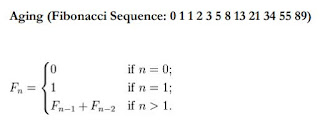At the Joint Mathematics Meetings in Baltimore last Friday evening, the Journal of Humanistic Mathematics (JHM) and SIGMAA-ARTS sponsored a poetry reading.
Moderated by Gizem Karaali, the pre-reregistered participants included
Lawrence M. Lesser, Sarah Glaz, Ben Orlin, Rachel Levy, Luise Kappe,
Brooke C. Johnston, Douglas Norton, Claudia Gary, JoAnne Growney
In addition to poems by participants registered in advance, the event included a "crowd-sourced" poem. Each person attending was invited to submit two lines of poetry about math-people -- and the pairs of lines were put together into a poem that I offer below. MANY THANKS to these participants who gave us lines.
Order of contributors (2 lines each): David Reimann, Maru Colbert, Greg Coxson,
David Flesner, Nancy Johnston, Kate Jones, Hunter Johnston, Debra Bordeau (4 lines),
Luise Kappe (in German—with translation at end), Margaret Kepner, Thomas Atkinson,
Brooke Johnston, Andrew Johnston, Ximena Catpillan, Bronna Butler, Courtney Hauf,
JoAnne Growney, Doug Norton, Sean Owen, Eric Marland
Sending THANK-YOU to all of the authors,
I present below our poem, "We Love Mathematics."
We Love Mathematics
Mathematicians are meeting today—
ideas unfold in space, time, and hearts.
Math is the language of everyone
Any part of everything began as a sum.







